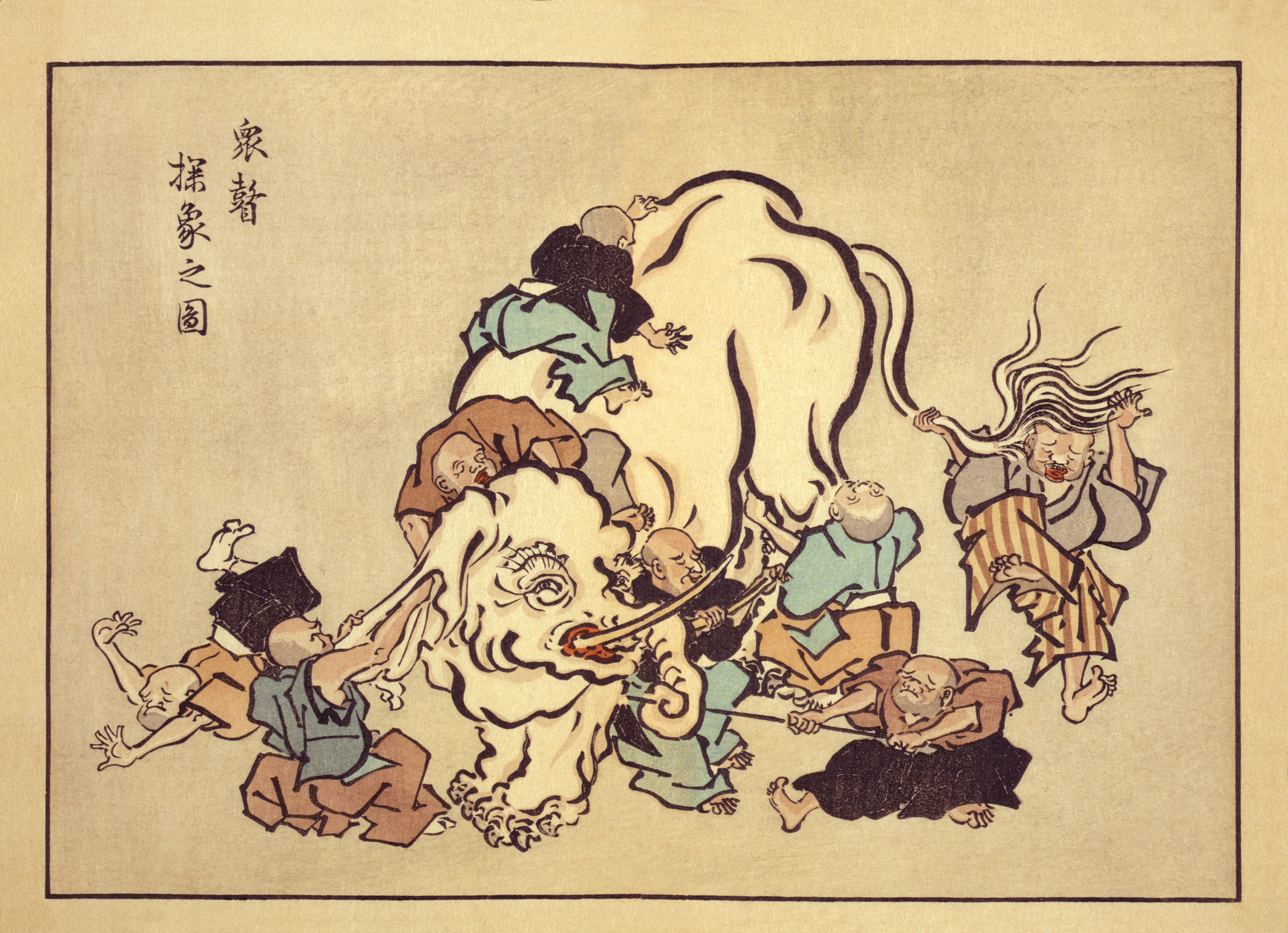 SAPHO syndrome refers to a broad spectrum of diseases involving the musculoskeletal system and skin. SAPHO stands for synovitis, acne, pustulosis, hyperostosis, and osteitis.
SAPHO syndrome refers to a broad spectrum of diseases involving the musculoskeletal system and skin. SAPHO stands for synovitis, acne, pustulosis, hyperostosis, and osteitis.
SAPHO hass been described multiple times by investigators in different countries and specialties, and like the story of the blind men and the elephant, has collected quite a few names over the years, including bilateral clavicular osteomyelitis with palmar and plantar pustulosis (Japanese orthopedists), subacute and chronic symmetric osteomyelitis (French radiologists), sterno-costo-clavicular hyperostosis (German physicians), chronic recurrent multiftseal osteomyelitis (Scandinavian pediatricians), and pustulotic arthro-osteitis (Japanese rheumatologists).
When taken together, these different parts of the elephant combine to give us the recurring features of the condition:
- Distinctive skin lesions: Severe acne and palmoplantar pustules.
- Distinctive bone lesions: Painful and tender sclerosis and hyperostosis. Characteristic sites include the anterior chest wall in adults and the metaphyses of long tubular bones in children. Histologic analysis reveals nonspecific inflammatory changes, with the occasional positive culture of indolent organisms (e.g., Propionibacterium acnes).
- Indolent clinical course: Usually chronic and self-limited.
- Chronic recurrent multifocal sterile and axial osteomyelitis, with or without dermatosis.
- Acute, subacute or chronic arthritis associated with palmoplantar pustulosis, pustulous psoriasis or severe acne.
- Sterile osteitis associated with palmoplantar pustulosis, pustulous psoriasis or severe acne.
References
- Boutin RD, Resnick D. The SAPHO syndrome: an evolving concept for unifying several idiopathic disorders of bone and skin. AJR Am J Roentgenol. 1998 Mar;170(3):585-91.
- Kahn MF, Khan MA. The SAPHO syndrome. Baillieres Clin Rheumatol. 1994 May;8(2):333-62.
Beautiful picture... Is it related to SAPHO or not?
ReplyDeleteThanks for your amazing diagnosis Dr. Amini